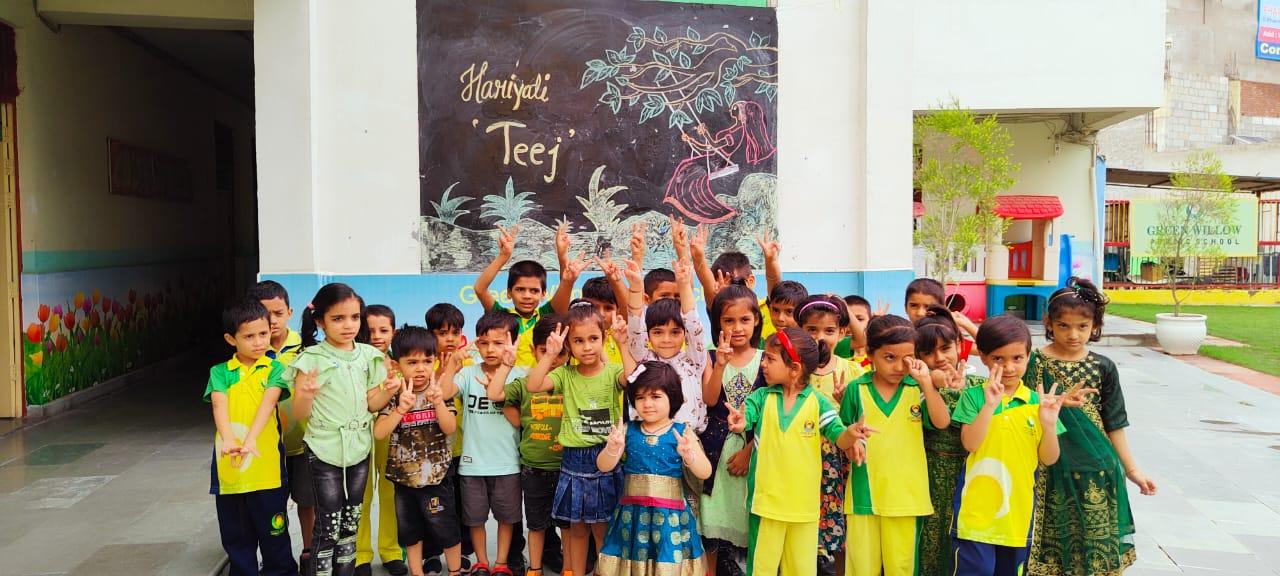Best Education Means
When one envisions a school, the top picture that strikes a chord is a structure, work areas and seats, a chalkboard, and an environment that lacks work-life balance. Nonetheless, gone are the days where instructors talked and understudies tuned in. With data readily available, the offspring of today need an instructional method that sets them up for the world.
Indeed, even the professional decisions open to youthful grown-ups request a blend of information, abilities, imagination, and fast reasoning. Consequently, schools are progressively utilizing creative techniques to bestow information that prepares understudies to go spots throughout everyday life. This is where open-air instruction assumes a huge part, allowing instructors to join conventional showing strategies with more present-day, application-based learning.
What Outdoor Education Means
Best education broadly refers to a range of organized activities that predominantly occur outside a classroom’s four walls. From encouraging students to participate in extra- and co-curricular activities to going on field trips and treks, this help nurtures a child’s holistic development.
Reasons to Choose Outdoor Education
Provides Hands-on Experience
What makes outdoor education unique is its ability to foster learning through the senses, which increases the likelihood of applying knowledge to day-to-day scenarios—studying interesting, engaging, and relevant to the child’s curriculum. In addition, it has been proven that ‘learning by doing creates more neural networks, making the entire body a tool for learning. So, when curious, young minds are taken to mathematics labs, they are more likely to remember the fundamentals of problem-solving versus learning about them in theory.
Enhances Attention Span
Most children have short attention spans, and back-to-back classes can turn an exciting subject into a dull one. Moving the type outdoors has an immediate impact because it is inherently more refreshing and is a welcome change in their routine. This teaching style makes students more invested in their education, helps them connect with the world, and dramatically improves their retention levels. It also encourages them to think better and focus harder — a vital skill in any situation.
Promotes Mental and Physical Well-being
The development of a child isn’t restricted to intellectual growth alone. Games and sports are included in every school’s roster to encourage children to remain mentally and physically active. Outdoor education allows students to breathe fresh air, walk amidst greener surroundings and interact with the environment — especially in a world where technology distracts young minds and keeps them from exploring newer ground every day.
The world is changing. Although teaching outdoors may seem archaic, it brings us back to our roots and reminds us of the old gurukul system. With this approach, learning transforms from a task to something that students look forward to every day.
Encourages Problem-solving and Teamwork
An essential facet of outdoor learning is encouraging students to work together and solve problems using what they’ve learned. From walking in groups to executing team projects, outdoor education teaches students to work hand-in-hand and overcome obstacles confidently and creatively. It allows them to respond positively to opportunities, challenges, and responsibilities. In addition, it also takes students out of their comfort zone. It prepares them for the real world constructively and practically.

